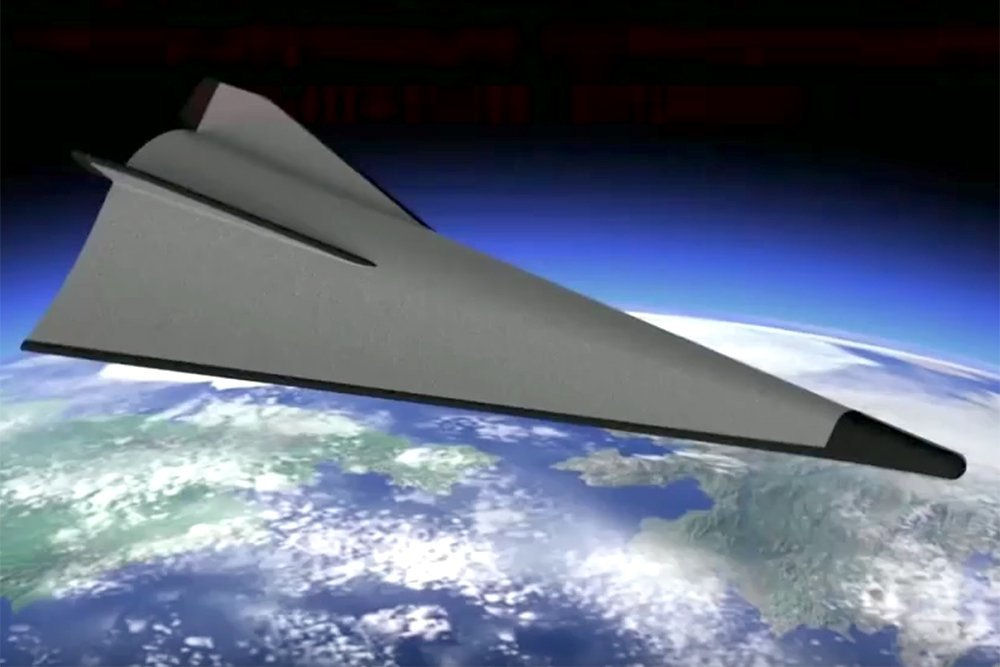Introduction:
In the realm of modern warfare, technological advancements continually redefine the landscape of strategic capabilities. One such innovation that has garnered significant attention is the Avangard hypersonic missile system developed by Russia. With its remarkable speed, maneuverability, and precision, the Avangard represents a paradigm shift in strategic deterrence and military strategy. In this blog post, we delve into the intricacies of the Avangard system, exploring its development, capabilities, implications for international security, and the broader implications of hypersonic technology in modern warfare.
Development of the Avangard:
The development of the Avangard hypersonic missile system stems from Russia’s ongoing efforts to modernize its military arsenal. Initiated as part of Russia’s strategic missile forces modernization program, the Avangard project aims to enhance Russia’s deterrence capabilities against potential adversaries. Development work on the Avangard began in the early 2000s, with a focus on overcoming traditional missile defense systems by leveraging hypersonic technology.
Key Features and Capabilities:
At the core of the Avangard system lies its hypersonic glide vehicle (HGV), capable of reaching speeds up to Mach 27, or approximately 20,700 miles per hour. This extraordinary velocity enables the Avangard to evade existing missile defense systems, rendering them ineffective against its rapid and unpredictable flight path. Moreover, the Avangard boasts advanced maneuverability, allowing it to alter its trajectory mid-flight, making interception virtually impossible for current missile defense technologies.
The Avangard is designed to be deployed atop an intercontinental ballistic missile (ICBM), such as the RS-28 Sarmat, providing it with the necessary altitude and velocity to initiate its hypersonic glide phase. Once launched, the Avangard can travel at hypersonic speeds within the Earth’s atmosphere, navigating through complex trajectories to its intended target with unparalleled precision. This combination of speed, maneuverability, and accuracy significantly enhances Russia’s ability to penetrate enemy defenses and deliver a devastating payload.
Strategic Implications:
The emergence of the Avangard hypersonic missile system has profound implications for strategic stability and international security. Its ability to bypass existing missile defense systems challenges the strategic calculus of major powers, prompting concerns over a new arms race and the erosion of established deterrence mechanisms. The Avangard’s unparalleled speed and precision could potentially undermine the effectiveness of traditional nuclear deterrence strategies, raising the stakes in strategic competition among nuclear-armed states.
Furthermore, the deployment of hypersonic weapons introduces a new dimension of unpredictability and instability to the global security environment. The rapid pace and stealthy nature of hypersonic missiles reduce the decision-making window for policymakers and increase the risk of miscalculation or accidental escalation during crises. As a result, the proliferation of hypersonic technology necessitates greater transparency, dialogue, and confidence-building measures among nations to mitigate the risk of unintended conflict.
Challenges and Concerns:
Despite its revolutionary potential, the Avangard hypersonic missile system also faces significant technical, operational, and strategic challenges. The extreme velocities and temperatures experienced during hypersonic flight impose stringent requirements on materials, propulsion systems, and guidance mechanisms, demanding cutting-edge engineering solutions. Additionally, integrating hypersonic weapons into existing military doctrines and command structures presents logistical and operational complexities for armed forces.
Moreover, the development and deployment of hypersonic missiles raise concerns regarding arms control, verification, and strategic stability. The rapid advancement of hypersonic technology could outpace the capacity of international arms control regimes to adapt, potentially exacerbating security dilemmas and increasing the risk of inadvertent conflict. Addressing these challenges will require sustained dialogue, cooperation, and diplomatic engagement among major powers to manage the proliferation and deployment of hypersonic weapons responsibly.
Future Prospects and Challenges:
Looking ahead, the proliferation of hypersonic technology is poised to reshape the strategic landscape and influence the trajectory of global security dynamics. As other major powers, including the United States and China, accelerate their efforts to develop and deploy hypersonic weapons, the strategic balance of power will undergo further evolution, with implications for deterrence, arms control, and crisis stability. The advent of hypersonic missiles underscores the need for adaptive and forward-thinking security policies that prioritize risk reduction, confidence-building measures, and arms control initiatives.
Conclusion:
The Avangard hypersonic missile system represents a game-changing advancement in strategic warfare, offering Russia unprecedented capabilities to penetrate enemy defenses and deliver precision strikes with unparalleled speed and maneuverability. However, its emergence also raises profound challenges and concerns regarding strategic stability, arms control, and international security. As hypersonic technology continues to proliferate, policymakers must engage in proactive dialogue and cooperation to manage the risks and uncertainties associated with this transformative development, safeguarding peace and stability in an increasingly complex and dynamic security environment.





